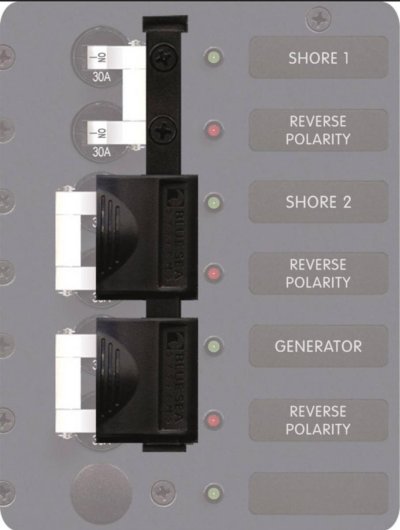ranger58sb
Guru
- Joined
- Aug 21, 2013
- Messages
- 7,336
- Location
- Annapolis
- Vessel Name
- Ranger
- Vessel Make
- 58' Sedan Bridge
TT what is your opinion on electric 110 stoves, invert or not.
Looking to see if cooking from inverter, other than battery capacity is a concern.
We have an electric resistance cooktop, so we didn't set up our inverter to power that. Had it been an induction cooktop, we might have. That'd probably be pushing capacity of our available batteries, though.
As it is, we can use the microwave/convection/air fryer unit, and/or an Instant Pot or Crockpot on the inverter. Haven't taxed the system yet, though, so dunno how long batteries would last. (If I had a nifty space to add batteries, I'd consider that, but I don't see that space easily... and I've got other fish to fry in the meantime...)
-Chris


